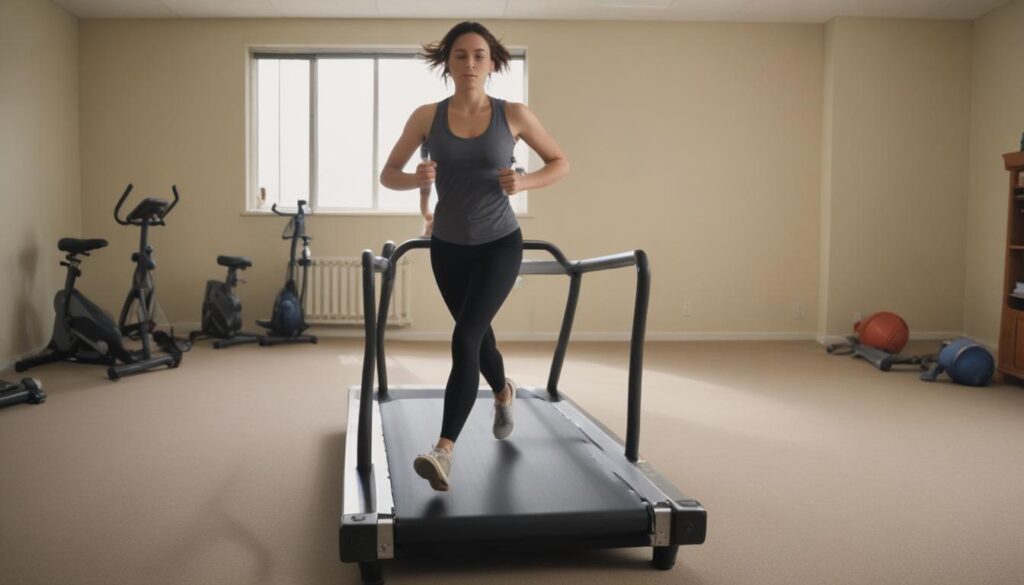Now Reading: Overcoming Addiction Find Hope and Support
- 01
Overcoming Addiction Find Hope and Support
Overcoming Addiction Find Hope and Support

Watching yourself or someone you love struggle with addiction can feel incredibly isolating. You might feel trapped in a cycle you can’t break, overwhelmed by guilt, and hopeless about the future. It’s a heavy burden to carry, and the path forward often seems shrouded in fog. But what if there was a map? What if you had a guide to help you navigate this difficult terrain? Recovery is not just a distant dream; it is an achievable reality. This guide is your first step toward understanding the nature of addiction, exploring the pathways to healing, and finding the lasting support that makes all the difference.
What Is Addiction Really
Before you can find a solution, it’s crucial to understand the problem. For decades, addiction was misunderstood as a moral failing or a lack of willpower. We now know that this is fundamentally untrue.
More Than Just a Bad Habit
Addiction is a complex, chronic brain disease. It changes the brain’s structure and function, particularly in areas related to reward, stress, and self-control. This is why a person struggling with addiction cannot simply “quit” on their own. Their brain has been rewired to prioritize the substance or behavior above all else, including their own health, family, and survival.
The Brain’s Role in Addiction
Substances and certain behaviors trigger a massive release of dopamine, the “feel-good” neurotransmitter, in the brain’s reward center. With repeated use, the brain adapts by producing less dopamine on its own and reducing its receptors. As a result, the person needs more of the substance just to feel normal and can no longer find pleasure in everyday activities. This creates a powerful and debilitating cycle of craving and use.
Recognizing the Signs of Addiction
Identifying addiction is the first step toward getting help. The signs can be physical, behavioral, or psychological, and they often overlap.
Physical Signs
- Changes in sleep patterns or appetite
- Noticeable weight loss or gain
- Poor physical coordination or slurred speech
- Unusual body odors or poor hygiene
- Physical signs of withdrawal when not using (like shaking, sweating, or nausea)
Behavioral Signs
- Neglecting responsibilities at work, school, or home
- Withdrawing from friends, family, and hobbies
- Financial troubles or borrowing money without explanation
- Secretive behavior or lying about whereabouts and activities
- Engaging in risky behaviors to obtain or use the substance
Psychological Signs
- Unexplained changes in personality or attitude
- Sudden mood swings, irritability, or angry outbursts
- Anxiety, paranoia, or fear for no apparent reason
- Lack of motivation or appearing “out of it”
- Periods of unusual energy followed by a crash

Exploring Your Path to Recovery
Acknowledging the need for help is a monumental act of courage. The good news is that there are many different paths to recovery, and you can find the one that works best for you.
Professional Treatment Options
Seeking professional guidance provides a safe and structured environment for healing.
Medical Detoxification
For many substances, stopping suddenly can be dangerous or even life-threatening. Medical detox provides 24/7 medical supervision to manage withdrawal symptoms safely and make the process as comfortable as possible.
Inpatient Rehabilitation
Inpatient or residential rehab involves living at a treatment facility for a period of time. This immersive environment removes you from triggers and allows you to focus completely on recovery through therapy, counseling, and education.
Outpatient Programs
Outpatient programs offer more flexibility, allowing you to live at home while attending scheduled therapy sessions and support groups. This is a great option for those with strong support systems at home or who have work and family commitments.
Peer Support Groups
Connecting with others who have shared experiences is incredibly powerful.
Groups like AA and NA
Twelve-Step programs like Alcoholics Anonymous (AA) and Narcotics Anonymous (NA) provide a free, community-based framework for recovery, sponsorship, and ongoing support.
SMART Recovery and Other Alternatives
For those seeking a different approach, groups like SMART Recovery (Self-Management and Recovery Training) offer tools based on cognitive-behavioral therapy and do not follow a spiritual model.
How to Support a Loved One Through Addiction
If your friend or family member is the one struggling, your support can be a lifeline. However, it’s important to approach the situation in a healthy way.
Educate Yourself
Learn about the disease of addiction. Understanding what your loved one is going through will help you approach them with empathy instead of judgment.
Encourage Treatment Gently
You cannot force someone into recovery. Express your concern in a calm and loving way, and offer to help them find resources or make appointments when they are ready.
Set Healthy Boundaries
Supporting someone does not mean enabling their addiction. It is okay to say no. Setting boundaries, such as not giving them money or making excuses for their behavior, protects your own well-being and can help your loved one face the consequences of their actions.
Your Journey to Healing Starts Today
Understanding addiction is the key that unlocks the door to recovery. Remember that this is a disease, not a character flaw, and healing is possible. Whether you are seeking help for yourself or for someone you care about, you are not alone on this journey. Taking that first step—making a call, attending a meeting, or simply admitting there is a problem—is the bravest thing you can do. Hope is real, and a healthier, more fulfilling life is waiting.


































